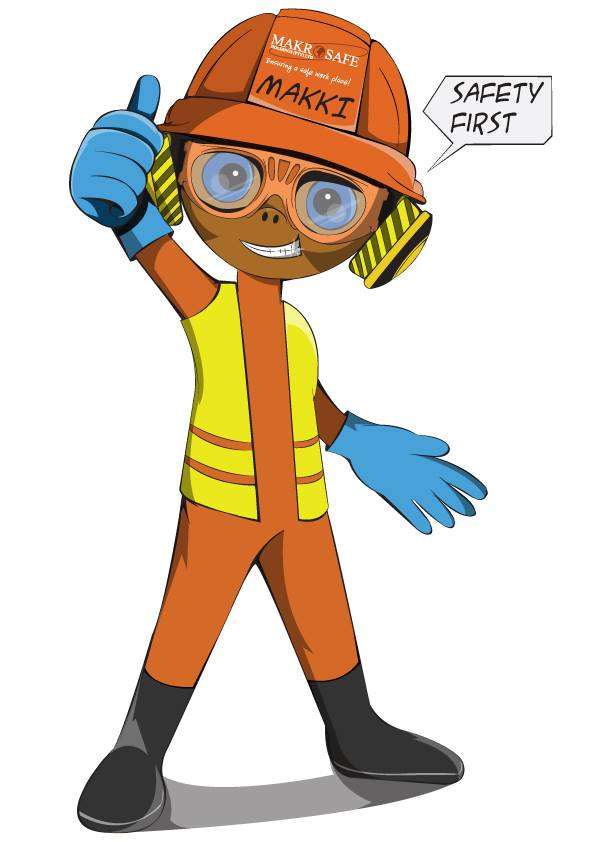Why must health and safety messages be displayed?
One of the key ways that accidents and injuries can be prevented in the workplace is through the proper display of health and safety signs. Clear warnings around high-risk areas will raise awareness and employees should naturally show more caution.

Types of health and safety signs
There are 3 main types of signs that you should be aware of: Emergency signs, warning signs, and mandatory safety signs.
- Emergency Signs
These are strategically placed markers that guide people out of the building during an emergency. The electricity may be out in cases like this, so the signs should ideally be photo-luminescent and be able to glow in the dark. Emergency signs must always be highly visible, able to hold their light for at least an hour, and able to withstand severe heat so that they don’t melt in a fire.
The South African Bureau of Standards (SABS) manufactures all emergency signage, but it is the employer’s responsibility to display them in the appropriate areas.
- Warning Signs
Warning signs give safety instructions and are the most common type of health and safety message displayed. The purpose is to keep all employees, visitors and contractors safe. Examples of warning signs are “Workmen Overhead” or “High Voltage.” They can include information, exit points, rules and regulations, and speed limits.
All warning signs need to be clear, specific, and easy to understand. For this reason, they are usually in picture form. This ensures that everyone can understand what they mean, even if they cannot read.
There are some general rules around the shapes of warning signs:
- Squares and rectangles convey information, such as how to use fire equipment.
- Circles are instructions that should be followed, such as speed limits and no entry notifications.
- Triangles warn about dangerous situations, such as slippery surfaces.
- Mandatory Safety Signs
These are required by law and include emergency and safety messages.
The following list includes the safety signs that must be displayed in the workplace:
- Caution signs
- Electrical power shut off
- Fire safety signs
- Fire signage
- Hazard signs
- Hazardous chemicals
- Important notice signs
- Restricted entry
- Safety directional signs
The Occupational Health and Safety Act states that the above signs are crucial in all work environments. The purpose of these signs is to prevent injury and make employees and visitors aware of all possible dangers. A thorough risk assessment will help determine where these signs should be displayed.
Rules for displaying health messages
- All dangerous locations must have specific signs. For example, slippery surfaces, low headroom, and overhead construction.
- Safety signs must comply with regulations and be in universal picture format as far as possible.
- All exits must be clearly marked.
- Ensure all staff understand the signage and what actions need to be taken.
- Signs and messages must be placed at the observer’s line of sight and far enough from the hazard itself so that the viewer has sufficient time to heed the warning, but close enough so that it is obvious where the danger lies.
- Signs should not be placed on movable objects such as doors.
- Do not position too many signs in close proximity. When too many messages are displayed close together it can cause confusion.
- Signs that are no longer relevant must be removed, for example when construction in a particular area is complete.
- All signage must be regularly cleaned and maintained. Regular inspections to ensure that they are securely fixed and not damaged are essential.
- Exit and escape signs should be visible from any place within the building.
- Signs must be positioned in well-lit and highly visible areas.
- Supplementary signs may be required for fire safety. For example, exit doors should have warnings such as: “Fire Escape – Keep Clear.”
- Areas where hazardous chemicals are stored must be clearly indicated. The worldwide standard of a yellow triangle with black pictogram must be used.
Regular risk assessments and safety inspections will ensure that the necessary health and safety signs for your unique workplace are correctly displayed. It is the employer’s responsibility to adhere to all recommendations and legal requirements.




Leave a comment